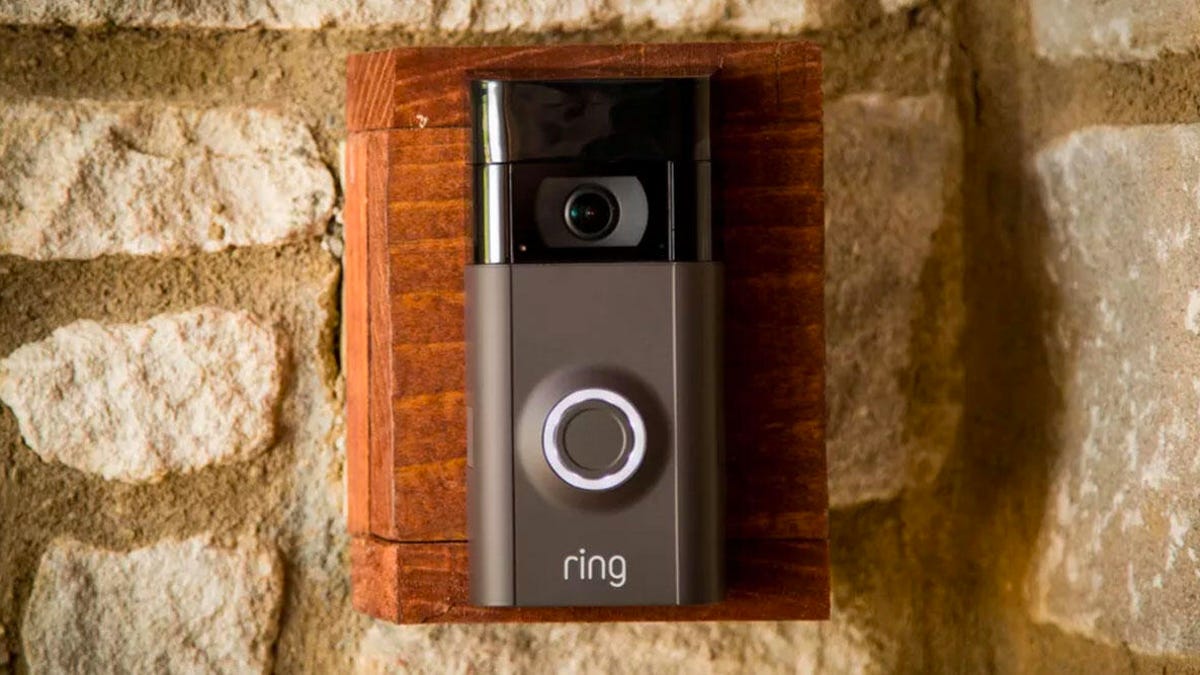Ring's new security Control Center tweaks police request settings
You can opt out of video requests, but police may still be able to access your video doorbell recordings.

Early in January, Ring announced a new Control Center for its video doorbell app. It would offer a screen to help customers manage security and privacy settings, and allow you to opt out of video requests from police departments. Ring is now rolling out this feature, along with making two-factor authentication the default setting for new devices. These changes, however, don't seem to address important aspects of Ring's current policy.
Amid concerns about Ring's privacy policies -- such as allowing police to access video doorbell footage without customer consent -- the company announced the new Control Center at CES 2020, the largest consumer technology show in the world. The new features offer some changes:
- "Check to see if two-factor authentication is enabled for your Ring account."
- "See and remove all the phones, tablets, and computers that are authorized to log into your Ring account."
- "Manage the Shared Users associated with your Ring devices, and easily remove them from those devices."
- "Manage all services that have been authorized to link to your Ring account, such as Alexa, Smart Things, and IFTTT, and remove any of these individual services."
Beyond these features, you can also read about Ring's privacy policies and check the number of police departments that have joined the Neighbor app -- along with whether any of them are in your immediate area.
The updated two-factor authentication is a welcome change, but Ring hasn't made the security measure a requirement for all existing accounts -- meaning current camera owners will have to toggle the change themselves, unless they are installing a new device. In addition, the feature that allows users to opt out of video requests from police departments doesn't account for the fact that police can still access videos without customer consent (or even knowledge) if they acquire a warrant.

